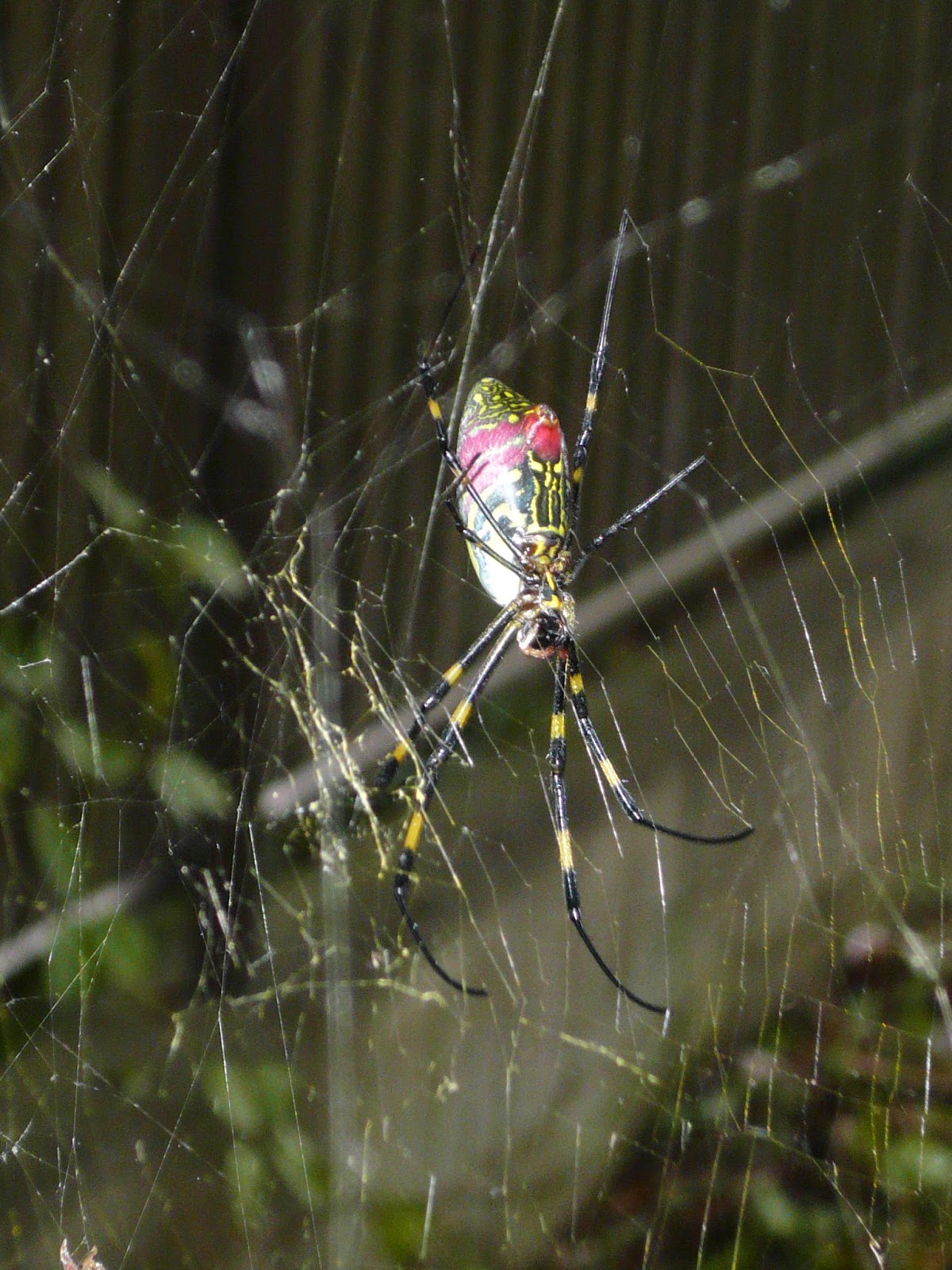Shichijuni-kou (72 Seasons) Calendar Listing
仲秋, Chuju: "Mid-Autumn"
Season No. 16: 秋分, Shubun
"Autumnal Equinox"
 |
| "Biwako Squall" (Copyright 2012 Robynn. All Rights Reserved. |
Climate No. 46: 雷乃収声
Kaminari Sunawachi Koe Wo Osamu
"The Thunder God Speaks"
(September 17 -September 21)
Weather fronts seem to have their own personalities, which makes me liken them to married couples who can't get along. Mr. Low gets on Mrs. High's nerves and the two squabble, turning a petty argument into all-out war. The sky cracks and grumbles as the conflict intensifies. Summer heat won't back down without a fight!
This sudden expansion of air creates terrifyingly beautiful mushroom clouds that swirl and boil thousands of feet into the atmosphere. As the sky darkens and temperatures plummet, walls of hard rain and bolts of electricity slam
down to the ground in violent release, like a ticked-off spouse stamping in frustration. But after a few moments, the anger dissipates and gentle warm rain flows -saltless tears of regret, forgiveness, restoring balance to the universe.
 |
| "All Better" (Hikone, Shiga 2012) |
All this ruckus is too crazy to be the work of just one or two thunder gods with Explosive Anger Disorder. We hapless lifeforms on earth cower in the darkness and wait until it's okay to come out again. From a safe distance, my friends and I stare in awe, dumbfounded.
 |
| "Skyflare" (C) 2013 Robynn, All Rights Reserved. |
Flower Of The Season: 彼岸花, Higanbana, Red Spider Lily (Lycoris radiata)
 |
| "Red Spider Lily" (Kiyomizudera Temple, Kyoto, 2012) |
I never imagined I would live in a culture where flowers are segregated merely on the grounds of their symbolism, but here I am. Even after all this time, I'm still not comfortable with it.
One crisp, clear September afternoon during my first year in Japan, I was walking down the road with a co-worker and noticed some wispy, elegant red spider lilies growing straight and lovely beside our local shrine.
"How beautiful," I squealed, delighted to see such an exotic flower in the wild.
"You think those are beautiful? They're horrible flowers!" she retorted, with an expression of sheer disgust on her face.
"Horrible?!" I asked. "How can a flower be 'horrible?' People pay big money to put these in flower arrangements where I come from!"
My co-worker insisted on their repulsiveness and took a moment to educate me on their Buddhist-inspired association with blood and death. The way the crimson spider lilies uncannily shoot straight up on the very week of Ohigan (the autumnal equinox) after a hard rainfall without missing a beat was "gross" in her opinion, as if dead zombies were pushing up the blossoms with bloodied, half-decomposed hands.
Popular with the older generation who might've had a better, healthier grip on the reality of death, higanbana were planted on graves to respectfully commemorate those who had passed on. Ohigan is a sacred day for reflection and remembrance. We remember not only the dearly departed, but also the fact that we, too shall pass (both physically and hopefully, spiritually). The steadfast higanbana lines the path to "the other shore" (彼, hi="other," 岸, gan="shore"), showing souls the way through, which can also be a metaphor for detachment from this world of materialism and sorrow. How can flowers lining your walk to the shores of enlightenment be a bad thing?
Legend has it that if you walk with someone along a path lined with higanbana, you'll never see that person again. That was, strangely, the case with my co-worker. After that year, I never saw her again. I hope she's alright, but I also hope that she eventually loses her hatred for these flowers that have an awful lot of important lessons to teach us, should we dare to listen. Death isn't as scary as we think.
"Grave too move!
My wailing voice
Autumn wind." -Matsuo Basho
 |
| A river of blood-red spider lily edges a soba field near Mt. Ibuki (Maibara, Shiga, 2012). |
Taste Of The Season: 梨, Nashi, Asian Pear
 |
| Shopping for Asian pears in Sera, Hiroshima (2014) |
 |
| Peeling free pear samples at an orchard in Sera, Hiroshima (2014). |
Whenever I buy a bag of nashi pears, I make a habit of putting them straight into the fridge for at least another week or two, where they can ripen to perfection. Properly ripened nashi pears are so sweet that the juice nearly fizzes on the tongue, a sensation reminiscent of champagne. Though the Koreans are more creative with this delectable fruit, mixing it in soups, sauces, even kimchi bases, the Japanese prefer the lush taste of the nashi as-is, simple and delicious.
 |
| Cut Asian pears, a warm cup of herb tea and a good book equals joy. :-) |
Copyright 2014 Robynn. All rights reserved. No part of this blog (written or photo content) may be reproduced or reprinted without the expressed permission of the author.






































